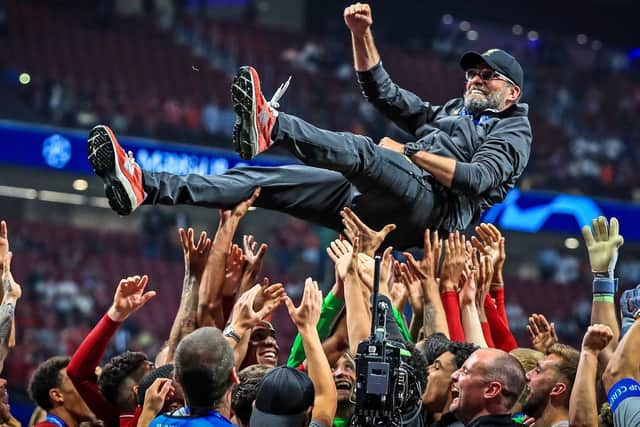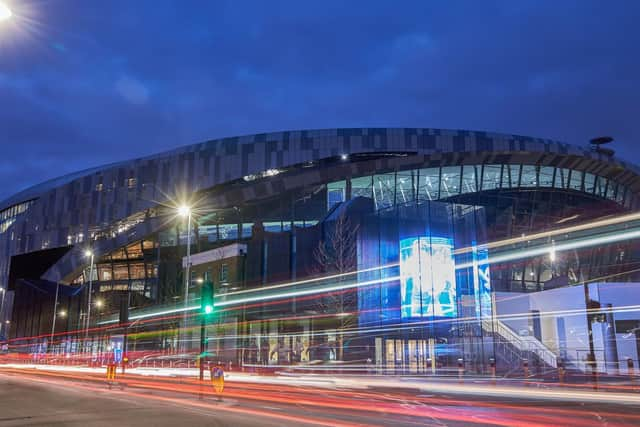The bubble around football is big and it is bursting - Rashmi Dube
Football is and has been embedded into British culture for as long as I can remember. But as for all business sectors, the shape of things to come for the football industry is still unknown.
The economy has shrunk by two per cent and, as I predicted at the end of February/beginning of March in my column, we have entered a recession. Unemployment is on the rise and social distancing is fragmenting.
Advertisement
Hide AdAdvertisement
Hide AdThis weekend, both spectators and football clubs in Europe held their breath all wondering when we can go back to the way it was, but the reality is that we are waiting for an answer and it is unlikely to be anytime soon.


The key blocking point is social distancing and let’s face it, that is not about to disappear soon. A new normal will have a new demand and its profile will require the capital structure to change and a rethink of how the world of football can continue.
We have already seen some clubs make non-essential staff redundant and unfortunately it was the employees who were on low incomes. With the new season due to start in August, it is likely there will be further redundancies during the summer. From August, employers are allowed to bring back employees part time from furlough and will also share the costs of salaries with the Government, which means at this point employers are going to be forced to consider who has a long term future within the business.
To further complicate matters, as a country we are divided on staying alert or staying at home, all in the hope of avoiding a second wave of the virus hitting and causing a further setback to the recovery process.
Advertisement
Hide AdAdvertisement
Hide AdIn football terms, it will also mean a review of the current salaries many players are receiving.


Let’s move away, for a moment, from whether it is right to play with people’s lives and bring players back to play, even if it is to an empty stadium. The loss of revenue is not just from the sale of tickets; sports in general rely upon a number of other revenue streams and over the years this has allowed players to demand overly inflated wages.
On top of match day sales, there are also broadcasting rights and sponsorship. All of these have vanished. Larger clubs can weather this – namely those in the Premier League. Clubs in the league took only 14 per cent of their revenue on match days in the 2017-18 season, according to Deloitte. Contrast this with the Scottish Premiership, for instance, who relied on match-day sales for 45 per cent of their revenue that season.
It’s those in the smaller leagues, just like the smaller businesses in many other industries, that are going to struggle. Three media companies, Sky, DAZN and IMG, have already withheld €220m ($238m) from Serie A, Italy’s top football league.
Advertisement
Hide AdAdvertisement
Hide AdThe Premier League stands to lose £750m ($910m) in rights fees if the season does not resume, not to mention the amount of money lost by the gambling sector.
There is a fundamental requirement to change the cost base and revisit revenue. What does the new market look like? The losses may be great but like in any other sector, a new way must be forged. Could this mean football returning to its roots, as in the 1970s when the game was for the working-class family to experience 90 minutes of joy or disappointment and either way, filled with passion?
Unfortunately, not! I am simply being nostalgic – this may work for the smaller clubs if they survive, but for the larger clubs, well, they will have to find a new way. The falling percentage sector profitability is at an all-time low, and not just for the football clubs but for the advertisers and the betting agencies too. The bubble around football is big and is bursting.
As the virus continues to take so many lives, I can’t help wondering if the real losers in all of this are the fans.